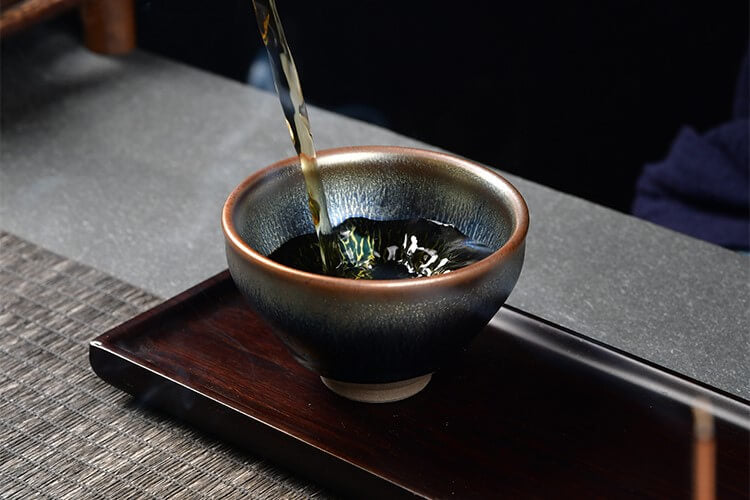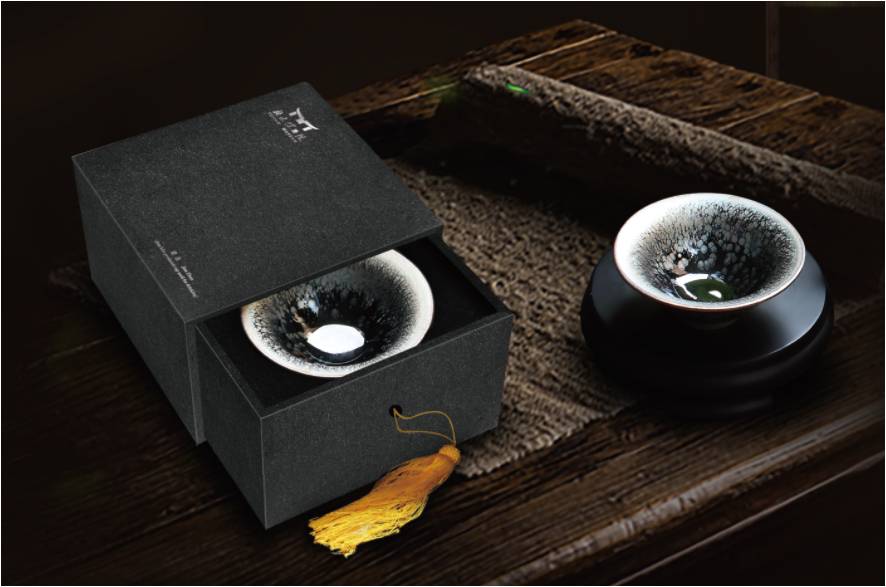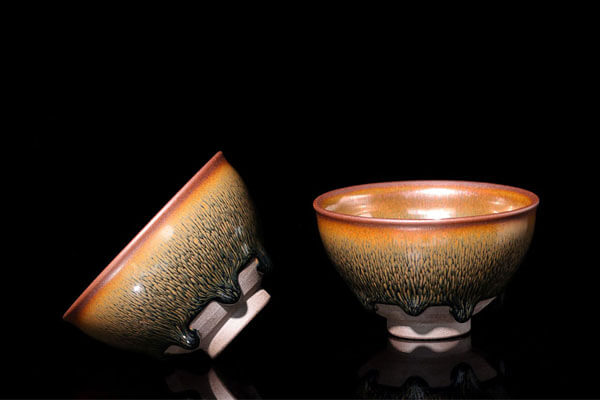Why Pu’er Tea Is Wrapped in Cotton Paper?
In the world of Pu’er tea, cotton paper packaging has long been a classic and distinctive sight. Whether it’s pressed tea cakes, bricks, or loose leaves, cotton paper remains the most traditional and widely used wrapping material. Behind this seemingly simple choice lies a blend of scientific logic, cultural depth, and practical value.
This article explores why Pu’er tea is wrapped in cotton paper—from its material properties and its role in aging and transformation to its cultural significance, selection standards, and proper use.

1. Material Properties: Naturally Suited to Pu’er Tea
The popularity of cotton paper for Pu’er tea begins with the unique qualities of the paper itself. These properties perfectly match the storage and aging needs of Pu’er, making it a proven and time-honored packaging choice.
(1) Excellent Breathability: Letting the Tea “Breathe”
Made from natural plant fibers, cotton paper has a loose, porous structure that allows air to flow freely. This enables moderate air exchange during storage, supplying microorganisms in the tea—such as yeast and lactic acid bacteria—with oxygen to stay active. Unlike sealed plastic or metal packaging, cotton paper prevents the tea from becoming musty or developing off-flavors, ensuring a smooth natural aging process.
(2) Moderate Moisture Resistance: Maintaining Balanced Humidity
Cotton paper is breathable but not fully waterproof. It can block excessive external moisture while letting a small amount pass through, helping stabilize humidity around the tea. This is especially important in humid regions where it helps prevent mold, and in dry areas where it slows moisture loss, supporting a stable aging environment.
(3) Odorless and Clean: Preserving Tea’s Original Flavor
Traditional cotton paper is made without bleaching agents or other chemicals, ensuring it remains odor-free and neutral. This prevents contamination and preserves the tea’s natural aroma and taste throughout long-term storage.
(4) Flexible and Durable: Protecting the Tea Cake
Cotton paper is both soft and strong. It fits snugly around pressed tea cakes, cushioning them during handling and transport, reducing breakage, and resisting wear even over long periods of storage.
2. How Cotton Paper Supports Pu’er Tea Aging
Pu’er tea is unique in that it improves with age. Its flavor evolves through microbial activity and slow chemical transformations. Cotton paper acts as a “facilitator,” creating ideal conditions for this natural process.
(1) Encouraging Microbial Activity
Cotton paper’s breathability allows beneficial microbes from the air to interact with the tea while enabling gases produced inside to escape. This encourages steady oxidation of tea polyphenols and the formation of sweet, mellow flavor compounds—turning sharp young tea into smooth, aged tea.
(2) Creating a Stable Aging Environment
While allowing airflow and moisture balance, cotton paper also shields the tea from dust, insects, and sunlight. By reducing UV exposure and blocking contaminants, it maintains a clean, stable environment that supports even, healthy transformation.
(3) Promoting Even Aging
In pressed cakes, the inside can age slower than the outside. Cotton paper’s moderate breathability helps balance temperature and humidity, ensuring a more uniform transformation. This prevents uneven fermentation and enhances the tea’s overall quality and flavor consistency.
3. Cultural and Practical Value: Where Tradition Meets Function
The use of cotton paper isn’t just about practicality—it’s also a reflection of Pu’er tea’s deep cultural roots and history.
(1) A Cultural Symbol
Cotton paper wrapping dates back to the Tea Horse Road era, when lightweight and breathable materials were essential for long-distance transport. Over time, this practice became part of Pu’er’s identity. Many producers still print traditional patterns, origin information, or calligraphy on the paper, turning it into a cultural carrier as well as packaging.
(2) Lightweight and Space-Saving
Compared to wooden boxes or ceramic jars, cotton paper is light and compact, making storage and transportation easier and more cost-efficient.
(3) Easy to Label and Record
The flat surface of cotton paper makes it ideal for printing or writing tea details—such as production year, origin, or storage notes—helping with identification and traceability. For collectors, it becomes part of the tea’s historical record.
4. Types and Selection of Cotton Paper
Not all cotton paper is the same. Different materials and production methods suit different storage needs.
(1) Common Types
-
Handmade Cotton Paper – Thick, natural fibers, excellent breathability, no chemicals; often used for premium Pu’er.
-
Machine-Made Cotton Paper – Uniform and cost-effective; suitable for mass-market teas.
-
Functional Cotton Paper – Specially treated for extra moisture or pest resistance; useful in humid climates.
(2) How to Choose Good Cotton Paper
-
Material: Natural off-white or light yellow, visible fibers, soft and flexible.
-
Smell: No chemical or musty odor—only a faint natural scent.
-
Breathability: Test with steam; good paper lets fog diffuse evenly and quickly.
-
Printing: Only odorless, food-safe ink should be used.
5. How to Use and Store Pu’er Tea Wrapped in Cotton Paper
Proper use and care help cotton paper protect tea more effectively and support aging.
(1) Packaging Tips
-
Wrap tea cakes snugly and secure gently with cotton thread or acid-free tape.
-
Avoid excessive layering—one or two layers is usually enough.
-
Label with date, origin, or storage notes using acid-free ink.
(2) Storage Tips
-
Inspect every 3–6 months for dampness or damage. Replace or repair if needed.
-
Avoid frequent handling to reduce contamination.
-
Store in a well-ventilated, light-proof area at 15–25 °C and 50%–70% humidity.
-
Use outer containers such as clay or cardboard for added stability.
-
Add cushioning during transport to prevent breakage.
6. Common Misunderstandings About Cotton Paper
Misunderstanding 1: “Thicker Paper Means Better Protection”
Excessively thick paper reduces breathability and hinders aging. Proper ventilation matters more than thickness.
Misunderstanding 2: “Cotton Paper Alone Is Enough for Storage”
While essential, cotton paper should be combined with proper containers and storage environments for optimal results.
Misunderstanding 3: “Bleached Paper Is Cleaner”
Bleached paper can contain chemical residues that harm the tea. Natural unbleached cotton paper is always the safer, higher-quality choice.
Conclusion
The use of cotton paper for Pu’er tea is a perfect blend of science, culture, and tradition. Its breathability, moderate moisture control, and purity create the ideal environment for aging and flavor development. At the same time, its light weight, eco-friendliness, and historical symbolism make it an integral part of Pu’er tea culture.
Understanding how to select, use, and maintain cotton paper packaging allows tea lovers to better preserve their Pu’er tea—and witness its transformation as it matures beautifully over time.







